Paris’ Latin Quarter (Quartier Latin) is one of the most alluring and interesting spots in the French capital city. Regarded as an urban college campus, it comprises districts 5 and 6 of Paris, on the left bank of the Seine and the surroundings of the Sorbonne. Both its historical importance and also its cultural evolution, as well as its far-reaching impact on Parisian identity, make it a must visit when it comes to getting to know the city.
Join us on a trip back in time to discover the history of Paris’ Latin Quarter!
Origins and Foundation of the Quarter
As it is considered one of the oldest areas in Paris, the origins of the Latin Quarter date back to the Roman Era, when such a spot was part of the city of Lutetia, the Galo-Roman predecessor of France’s current capital city. However, it would be during the Middle Ages that the Latin Quarter began to flourish as the first Universities in Europe were created.
Foundation and First Inhabitants
As it has already been mentioned, the foundation of Paris’ Latin Quarter took place during Roman times, when it was just one more neighbourhood in the city of Lutetia, which would become Paris. Nevertheless, not much is known about the quarter during this era, except for remnants such as the Cluny Thermal Baths, given how it would be during the Middle Ages when it truly gained momentum in local city life.
Medieval and Renaissance Influence
In 1257, Robert de Sorbon, confessor of French king Louis IX (Saint Louis), aided by the Pope, decided to create a university in Paris for underprivileged Theology students, which would transform the city forever and would give rise to a new area: the Latin Quarter, called like that because such was the language used by teachers and students to communicate, since they came from all over Europe.
The Sorbonne, as this new University would be called, came to join the cathedral, abbey and palatine schools which were occupied with higher education in the city ever since the 1100s. All together, in addition to a few more which would arise during the Middle Ages, they would shape the University of Paris.
The university’s influence in the Latin Quarter during the Middle Ages and the Renaissance would be undeniable and it would shape its architecture, its future history and its very character!
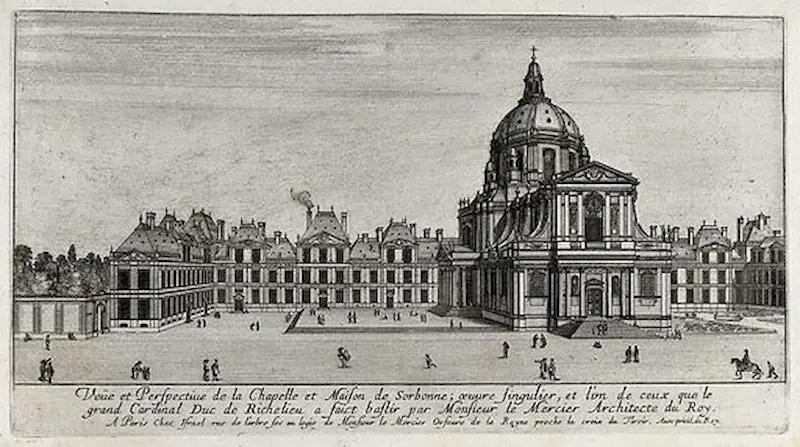
Cultural and Academic Development
The cultural history of the Latin Quarter is connected with the foundation of the Sorbonne during the 1200s and the proliferation of teachers and students from all over the world across its streets. This would cause the neighbourhood to become a veritable hub for knowledge, science, culture, and the arts throughout the centuries.
The Sorbonne University and Knowledge
As previously mentioned, the foundation of the Sorbonne and the development, throughout the Late Middle Ages and the Renaissance, of the University of Paris on the streets of the Latin Quarter, resulted in an enormous impulse for the place to become a major academic centre.
Back then, as it also happens nowadays, the Latin Quarter would be dotted with faculties, libraries, study rooms, lyceums, and university bookstores which would instill it with a unique character.
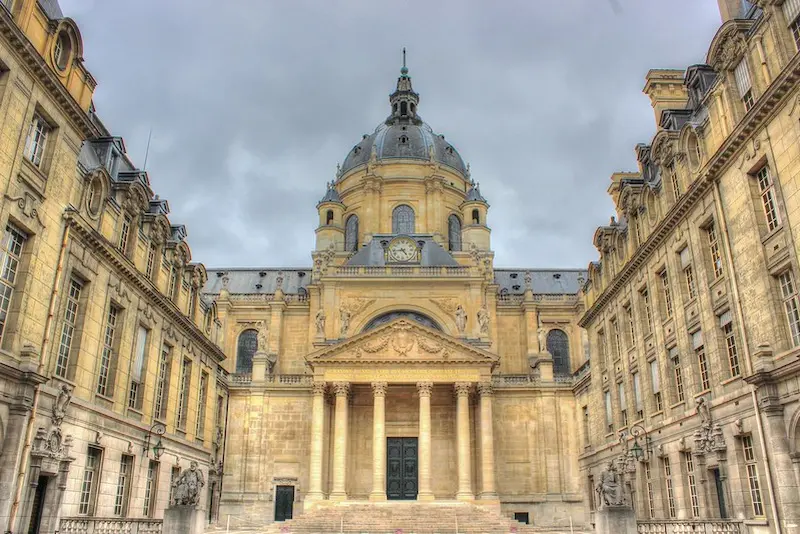
Intellectual and Artistic Movements
The fact that intellectual activity was focused continuously, ever since the Middle Ages, within the Latin Quarter would cause that, with the advent of the 1900s, it was its streets, taverns, cafés, and educational centres that bore witness to the birth of some of the most important cultural movements in France.
The most relevant cultural revolution to arise in Paris’ Latin Quarter would be the famous May 68 in France, this being a series of student and union protests against capitalism, imperialism, and consumer society.
Additionally, the Latin Quarter beheld forefront personalities of both French and international culture as they made their way across its alleyways and bistros, many of whom belonged to the so-called Lost Generation, which we will now proceed to analyze.
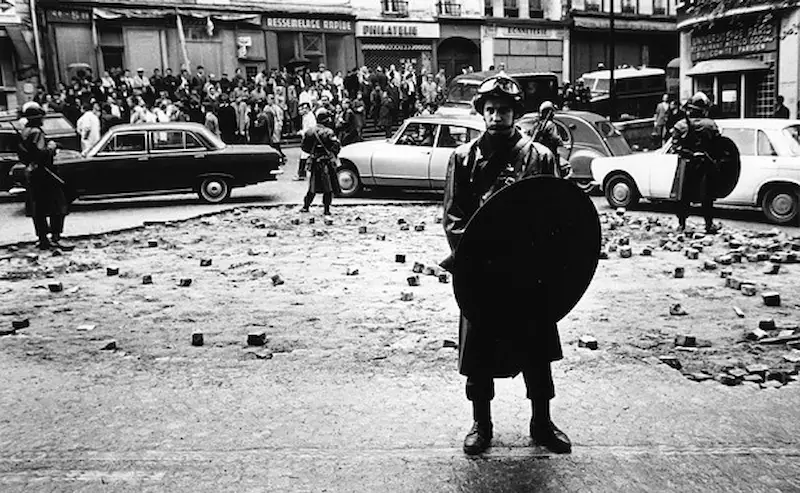
Key Characters and Moments
Here you are some of the most renowned historical figures who have influenced Paris’ Latin Quarter by means of their cultural and scientific legacy, as well as the main game-changing moments in the quarter’s urbanism!
Foremost Intellectuals and Philosophers
Paris’ Latin Quarter has bestowed relevant authors and intellectuals upon France and the world, such as:
- Simone de Beauvoir, an existentialist philosopher, author, and feminist who published works as influential as “The Second Sex”. Born in Montparnasse, she would spend nearly all of her life in Paris’ Latin Quarter, where she would pen most of her works in venues such as the Café de Flore.
- Jean Paul Sartre, partner of the aforementioned figure, and also a great exponent of existential philosophy, was the author of works such as “Nausea” and “The Roads to Freedom”. Much of his working and leisure time would be spent in venues in the Latin Quarter, such as Les Deux Magots.
- Ernest Hemingway, the American author who won the Nobel Prize and gave us novels such as “The Old Man and the Sea”, “A Farewell to Arms” and “For Whom the Bell Tolls”. He lived in the Rue Cardinal Lemoine, in the Latin Quarter, for a year and a half.
- Many others such as Gertrude Stein, F. Scott Fitzgerald, Ezra Pound, etc.
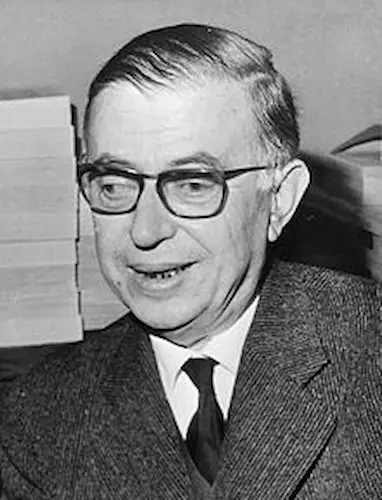
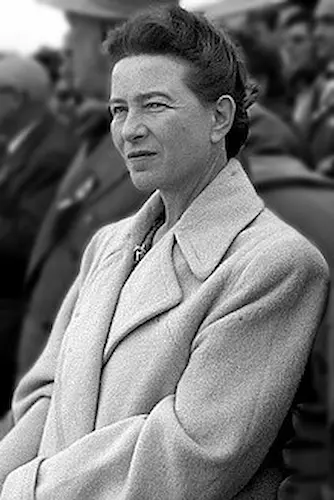
Urban Overhauls and Modernisation
Since the Latin Quarter is one of the oldest neighbourhoods in Paris, it precisely needed to undergo an entire series of transformations during the refurbishment of the city throughout the mid-1800s. This vast urbanistic renovation was managed by the French member of the parliament and senator Georges-Eugène Haussmann.
The so-called Haussmann works affected, by all means, the Latin Quarter and its ancient Medieval structure, beset with narrow alleyways and high-rising buildings made of wood and low-cost materials. The streets were levelled, the heights were controlled, and the alleys were broadened. Without losing its historical character, the Latin Quarter became a much more sanitary and orderly neighbourhood!
Present-day Legacy and Impact
The historical legacy of the Latin Quarter is obvious to this day in the plentiful educational centres and technical bookstores scattered across it. Its streets teem with the culture and the knowledge from dozens and dozens of generations of college students who have dwelt in it and livened up this place ever since the Sorbonne was founded during the Middle Ages.
If you wish to breathe in a refined and cultured ambience, and tread along the footsteps of great authors and philosophers, the Latin Quarter is your place to be!
Preservation of its Cultural Heritage
Paris’ Latin Quarter has undergone several preservation initiatives and policies with the aim of protecting its historical and cultural heritage. To begin with, it falls within the areas in Paris protected by the Protection Plan for Architectural Heritage, which strives to prevent the demolition of remarkable buildings, and to ensure that renovations comply with the spirit of the neighbourhood.
Besides this, there are some places and monuments which are particularly protected, such as the Church of Saint-Étienne-du-Mont, the Sorbonne, the Montparnasse cemetery, and the Pantheon Square, among others.
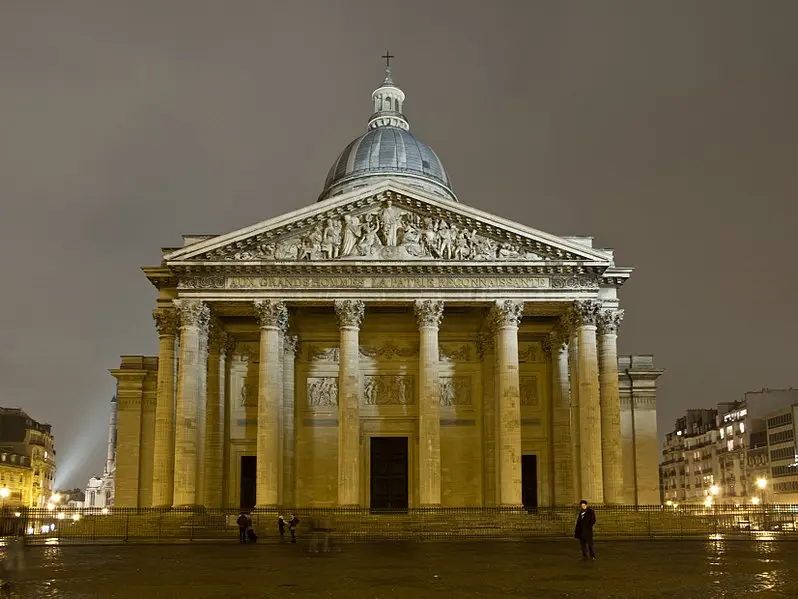
The Latin Quarter in Popular Culture
The Latin Quarter, with its rich cultural past, has been featured very frequently in popular culture, especially in cinema. Such is the case of movies like “Amélie” (2001), “Midnight in Paris” (2011), “La Vie en Rose” (2007) or “Before Sunrise” (1995), in which plenty of locations from this and other neighbourhoods in Paris are featured.
When it comes to modern tourism, the Latin Quarter is one of the most important hotspots in Paris, which has ushered the development of themed guided tours in the area, following the footsteps of its most important cultural figures, and many cafés, bistros, shops and stores specialized in books, art, and antiques have opened their gates.
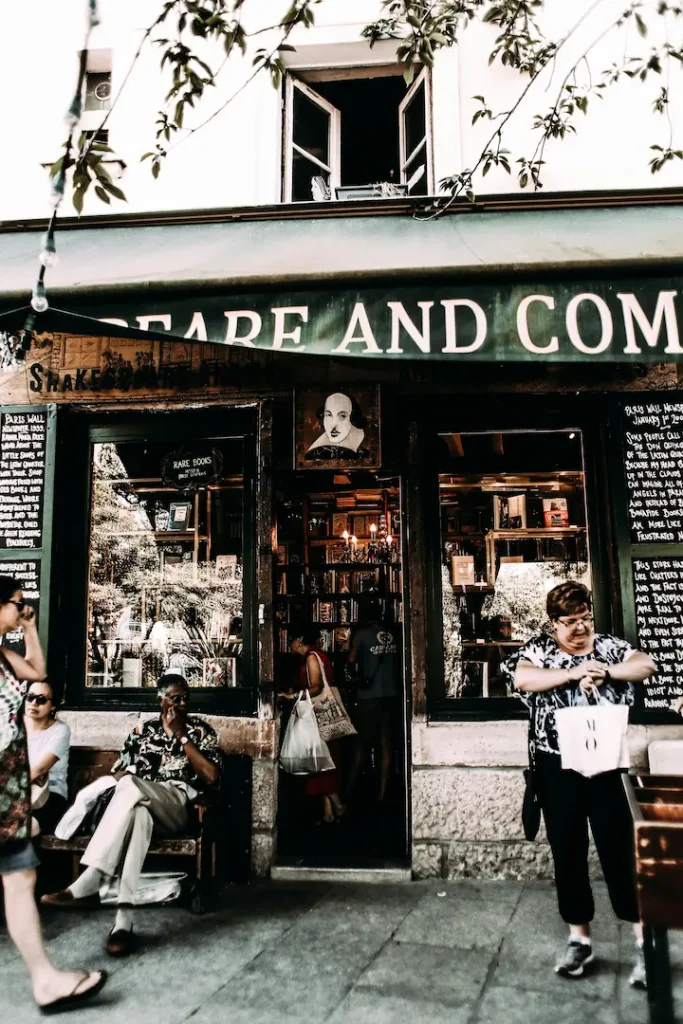
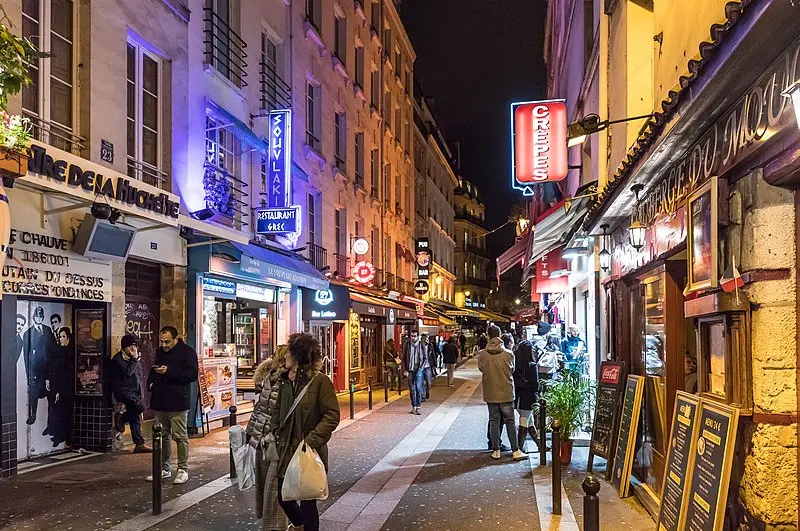
Discover Paris like never before with our amazing Free Tours!
Explore the City of Light with expert guides and immerse yourself in its history, art, and legends. From its iconic monuments to its most bohemian and mysterious neighborhoods, we have the perfect tour for you.
Conclusion and Final Thoughts
From Roman Lutetia, all the way through the university and scientific ambience of the Middle Ages and the Renaissance, until the bursting of the Lost Generation and, later on, French May 68, the Latin Quarter teems with history, culture, heritage, and beauty-packed nooks and crannies.
If you ever visit Paris, there is no missing out on a proper walk across the Latin Quarter while exploring its finest spots, such as the Pantheon or the Sorbonne, and following the footsteps of figures such as Hemingway or Simone de Beauvoir!

